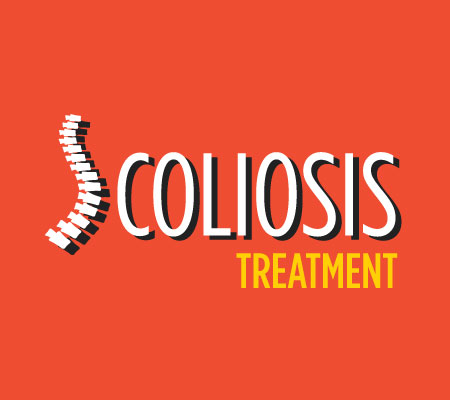
A procedure allows doctors at Marshfield Clinic to adjust rods in a patient’s back without going through surgery.
Surgery can be a terrifying experience for a young child. For a kid with scoliosis, a large part of their childhood could be filled with surgeries to have the rods in their back adjusted every few months. This leads to days in the hospital and possible anxiety leading up to the surgery.
However, a procedure allows doctors at Marshfield Clinic to adjust rods in a patient’s back without going through surgery. It’s an advance wave in scoliosis treatment that can minimize a child’s anxiety, but also can make managing scoliosis treatments more affordable for families.
What is the procedure?
MaGnetic Expansion Control (MAGEC) originally began in Europe. It is used in younger kids who still have significant growth, usually age 10 years or younger.
In the past, a surgeon would put rods in the child’s spine. Every six to nine months, the child would go back into surgery to expose the rods and lengthen and reset them to accommodate the child’s growth. This meant multiple surgeries throughout the child’s lifetime.
The MAGEC procedure involves magnetic rods. An initial surgery puts two adjustable growing rods in the child’s back. After six months, Dr. Samarjit Jaglan, a Marshfield Clinic pediatric orthopedic surgeon, places a remote controller on the child’s back that lines up to the magnets in the rods. Jaglan sets the controller and lengthens the rods when the magnets match.
The rods should be lengthened between three to four millimeters every time.
“The lengthening you do following the procedure is in the Clinic setting after the initial surgery,” Jaglan said. “This prevents a child from going through anesthesia, decreases the risk for infection and decreases patient costs.”
Eventually, the length of the rod will run out. When that happens, a new rod is put in the child’s back through surgery. However, that surgery could be three years after their initial surgery, not three months.
Since many patients who have the rods adjusted are so young, it has been difficult for doctor’s to determine if a child feels the rods lengthening during the procedure.
Why do this procedure?
Jaglan says that with surgery, it’s the anxiety of having surgery that bothers children. This is why doing the lengthening in a Clinic setting is key.
“Certainly we wanted to get on board with this because every children’s hospital is offering this,” Jaglan said. “It’s become the talk of the town for the last two to three years and we’re happy we’re doing it here now because we want to provide this service to our patients.”
Jaglan says those who have gone through the initial surgery have done well.
“This is the new wave in lengthening the spine,” Jaglan said. “This is the way to go and it’s the right thing for the patients. This technology will continue to evolve, so to get this technology in a small area like central Wisconsin is great.”

